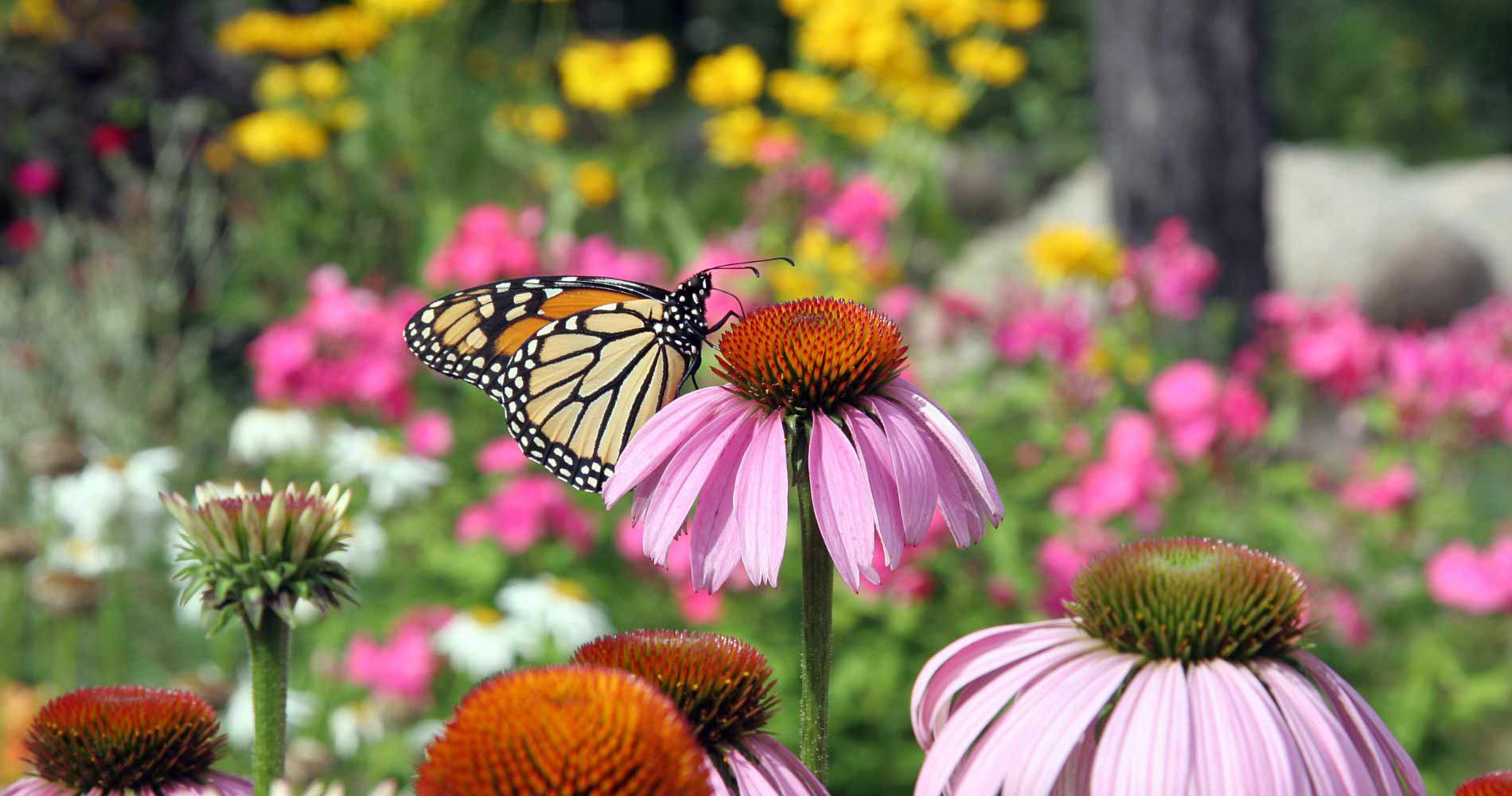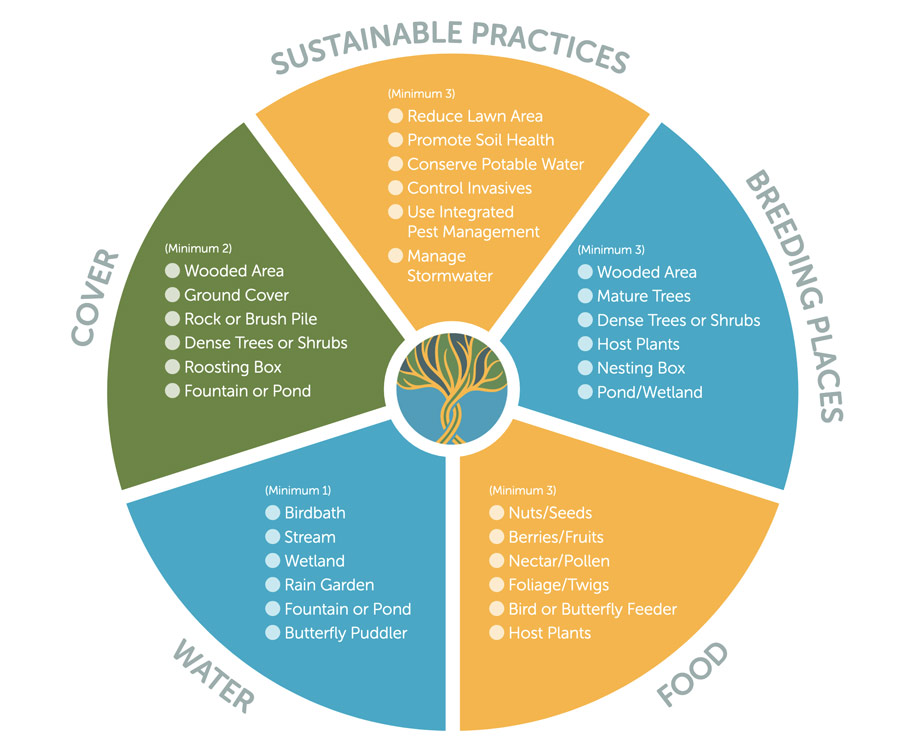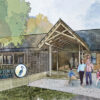South Alabama Land Trust (SALT) South Alabama Land Trust has created the Native Habitat Certification to regenerate biodiversity, one yard, one garden, at a time.
Just as millions of tourists flock to south Alabama’s beaches each year, over 2 billion birds migrate through our coastline, along with untold numbers of monarchs and other pollinators, all drawn to the beauty and abundance of the landscape. However, as more and more people move to Coastal Alabama, and suburban landscapes displace our natural landscape, biodiversity is greatly reduced, and the services once provided by intact ecosystems, such as flood control, water filtration, pollination, etc. are degraded.
In response, South Alabama Land Trust has launched the new Native Habitat Program, empowering homeowners and businesses to regenerate biodiversity and restore ecosystem services in their own backyards. By removing invasive species and planting native plants in our suburban and small town landscapes, we can create ecological networks between wild spaces, and greatly magnify the impact of habitat conservation efforts.
SALT’s program provides an easy roadmap.
The first step is to assess your property and prioritize improvements in five categories:
Water, Sustainable Practices, Breeding Places, Food, and Cover.
Water
Sustainable Practices
Breeding Places
Food
Cover
Participants can certify their landscape as a “Native Habitat” by simply adopting the required amount of best practices from each category.
Examples of best practices include:
- Providing food for wildlife with native plants that offer nectar, berries, nuts, or seeds
- Providing cover for wildlife with dense native shrubs, grasses, wooded areas, or bird boxes
- Mulching to suppress weed growth and conserve water in the soil
- Supporting healthy soils with amendments instead of chemical fertilizers
- Adding bird baths or fountains to provide clean water
- Supporting wildlife breeding with nesting boxes, host plants, and burrows
Anyone with a yard, big or small, is eligible for certification. That includes residential yards of any size, commercial landscapes, schoolyards, churches, and community green spaces.
“We are at a critical point of losing so many species from local ecosystems that their ability to produce the oxygen, clean water, flood control, pollination, pest control, carbon storage, etc, that is, the ecosystem services that sustain us, will become seriously compromised.”
Doug Tallamy
The Native Habitat Certification program will also provide education and resources on these best practices through workshops, community literature, SALT-led tours of certified properties, and more.
These exciting workshops and educational opportunities will give participants a first-hand view of the requirements and demonstrate how taking these simple steps can have a large and lasting impact on our area’s rich biodiversity.
Native Habitat Program Resources:
View and download SALT’s list of native and invasive plants, locate recommended local nurseries, and register for upcoming community workshops through SALT’s Native Habitat Program.
Maintaining Native Habitats
Learn more about sustainable practices to help your habitat thrive with these resources:
• Alabama Smart Yards
• Greener by the Yard
• Homegrown National Park
• National Wildlife Federation Native Plant Finder














